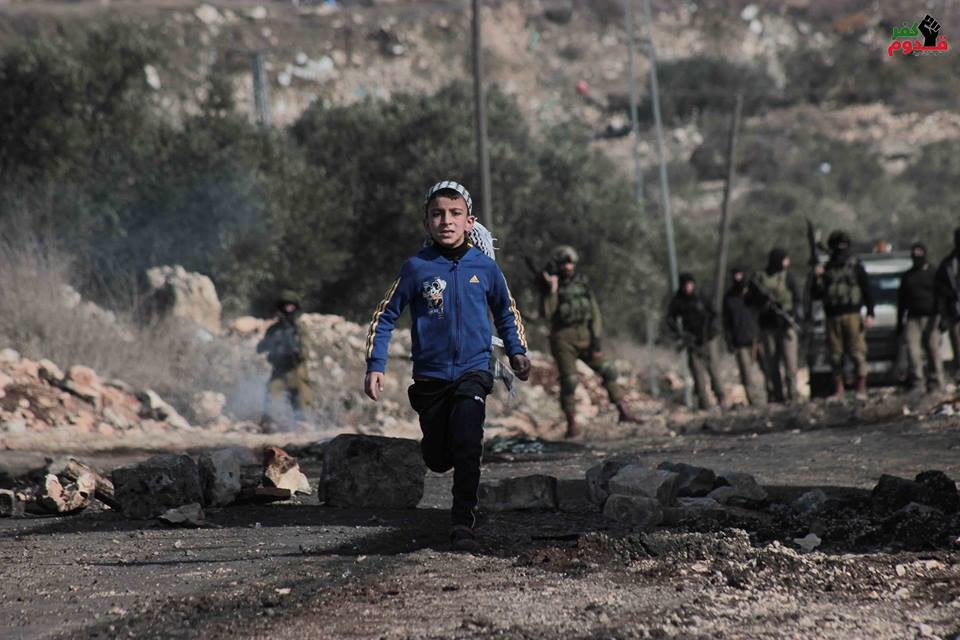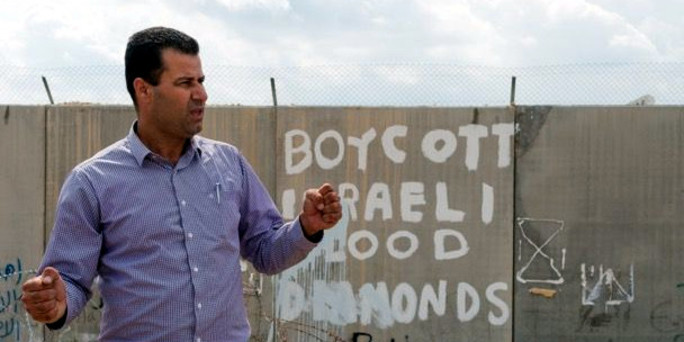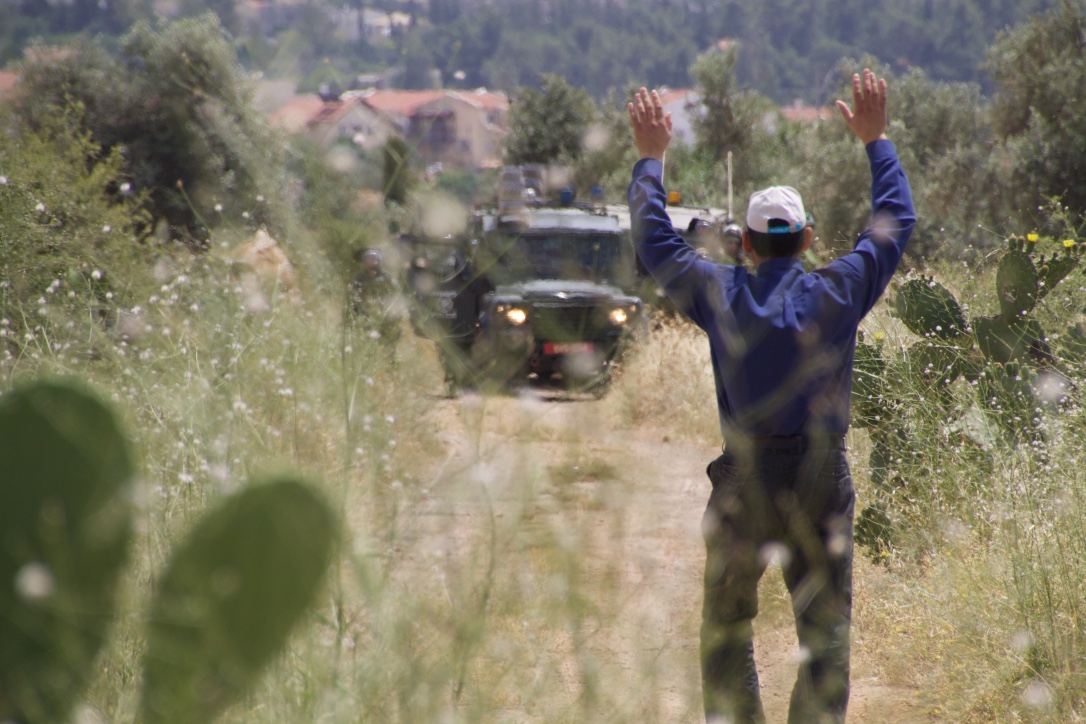Tag: Tear Gas
-
7 year old boy targeted in Kafr Qaddum
23th December 2016 | Popular Resistance Committee of Kafr Qaddum | occupied Palestine Today, Friday December 23rd, 2016, the village started its march as usual toward the blocked road. Suddenly 12 soldiers from a special unit of the Israeli occupation force surprised them in an ambush, and attacked and arrested a 7 year old Palestinian child.…
-
Human Rights Defender Abdullah Abu Rahma arrested and detained
15th May 2016 | International Solidarity Movement, al-Khalil Team | Bil’in, occupied Palestine UPDATE 23d of May 2016: Abdullah was released from military prison on the evening of the 22nd. He must return to military court on the first of June for a hearing of the appeal of the military prosecution against the decision to…
-
Solidarity visit to Ni’lin: Killings, arrests and invasions as part of the everyday life
“There was a single Israeli army jeep that invaded the village late at night. This was very strange, as usually if the army come, they would come with 10 or more jeeps…“ This is what we were told when we visited Ni’ilin on Friday 6 May, referring to the start of the terrible Israeli incursion…



